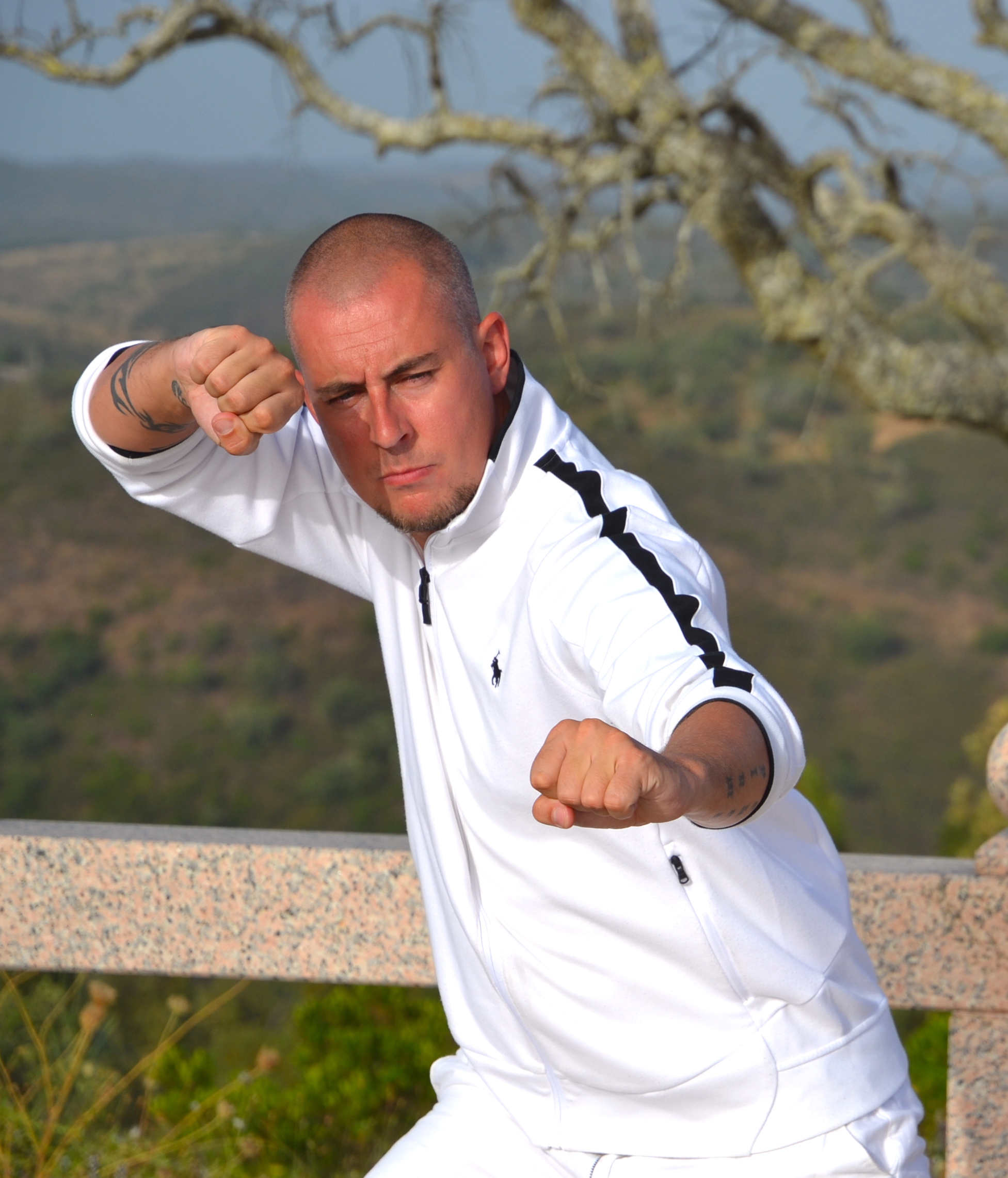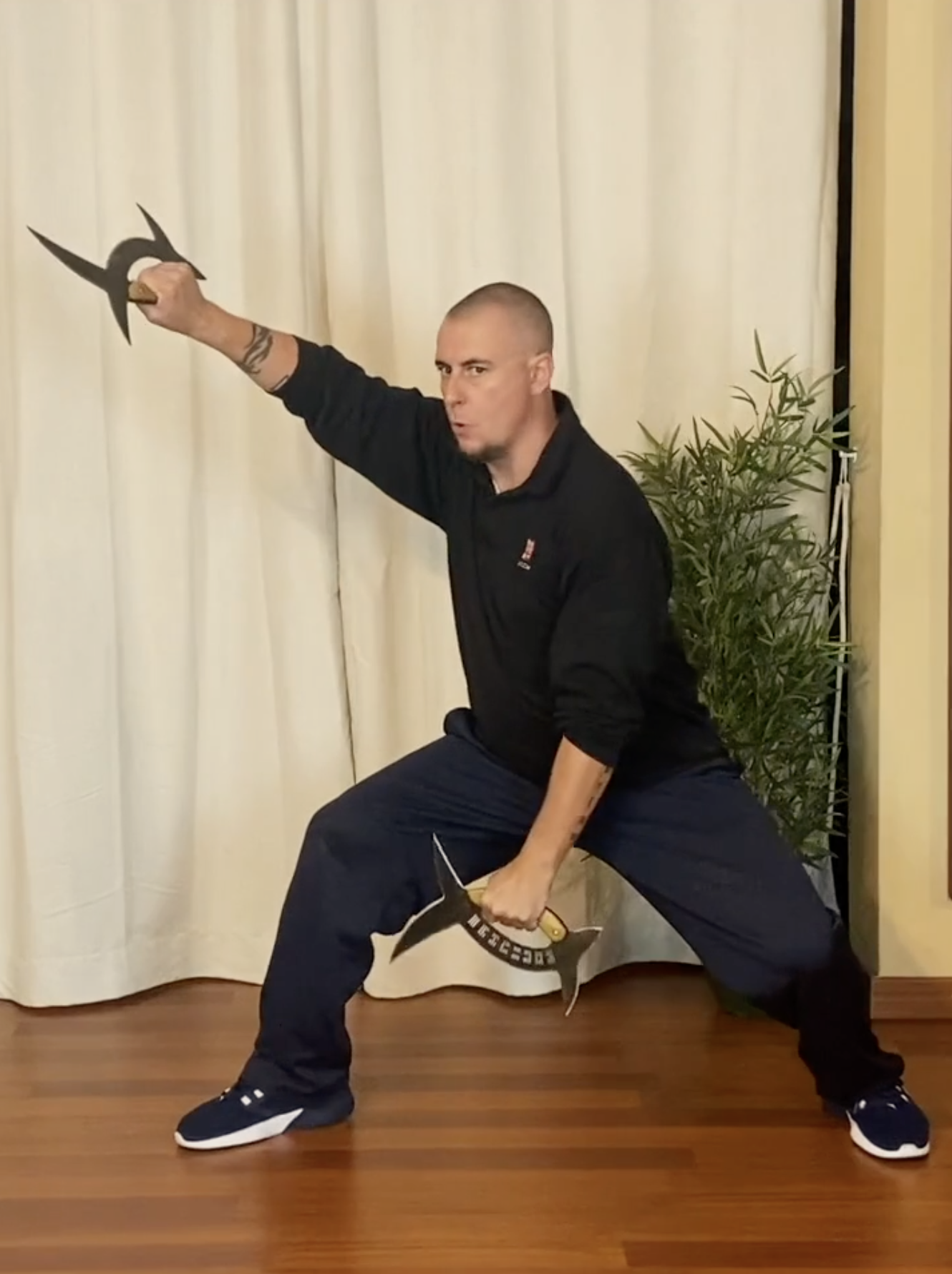Martial Arts
“Defeat the Enemy of the Self – 連者舍己無離之謂也”
Martial Development
For many interested in a spiritual path (a study of the nature and conversion of spirit/consciousness) it can be difficult to understand the importance of the warrior arts. Many eastern spiritual traditions have long had connections with the martial studies though it can be challenging to see exactly why said connections exist. To understand the usefulness of the martial arts within the context of inner development we really have to break down martial arts into three main categories:
- The martial arts of periods of warfare
- The martial arts of competitive sports
- The martial arts of peace-time
Understanding the nature of the martial arts for spiritual study requires that a person understand which of these three systems they are engaging with.
During periods of warfare, martial arts training is violent, bloody, painful and focused upon the efficient destruction of an opponent. There is little in the way of ‘forms’ study or aesthetics. Competitive sports-based martial arts are a relative modernism based upon the winning of medals or the achievements of specific physical goals. Training is tough with a focus upon ‘peaking’ your physical performance and fitness. The martial arts of peace-time are an adaptation of the martial arts of warfare. Though stemming from the same traditions, the focus upon bloodshed and efficient killing/survival is switched for efficient body movement, perfection of form and technical proficiency with the mind and body.
We Teach Peace-Time Arts
Confusion comes when a person does not understand the nature of the martial art they are studying or they try to learn it within the wrong context. Warfare-based martial arts are no good in competition and will rarely lead you towards elevation of the spirit. Sports-based martial arts do not contain the mental conditioning for the taking of life and ignore the elevation of consciousness altogether. Peace-time martial arts may well teach you to defend yourself from a mugger but they are not adequate to turn you into an efficient killer nor are they going to allow you to win in the competitive arena.
These three different forms of martial arts are completely different entities and should be understood as being so.
- Warfare-based martial arts are to ‘stop your opponent from killing you’
- Competition-based martial arts are to ‘stop your opponent from beating you’
- Peace-time martial arts are to ‘stop inner conflict on a spiritual level’
PEACE-TIME MARTIAL ARTS 慈
We practice and teach ‘peace-time martial arts’. We are under no illusion that we are teaching anything different. What this is, is a study of efficient of movement, internal principles and combative techniques with a focus upon integration of body and mind into one unified whole. Through a study of the nature of martial technique a person learns how to unify Ming (health and life) and Xing (inner nature) whilst working through the various layers of distortion which lead to inner feelings of low self-esteem, insecurity and frustration. In short they tackle many of the things which prevent a person from reaching a state of inner peace.
We live in times of relative peace and therefore the focus should be upon the most likely and common opponents within our life, inner turmoil and physical illness. Few of us will be killed by a violent assailant but many of us will die early from heart disease or a similar ailment.
The path of the spiritual warrior is a path of discomfort, inner questioning and arduous repetition, but it is a solid and long-established way to reach a state of spiritual elevation.
In Damo Mitchell’s opinion, after a lifetime spent in the martial arts, this is the direction that traditional Gong Fu should evolve. Those who obsess over a study of violence will draw more violence into their life and ultimately increase their personal suffering.
The Illusion of External Conflict
Many begin their Martial Arts training as a way to develop self-confidence as well as to learn how to look after themselves. Whilst there is nothing wrong with this, there was traditionally seen to be a natural evolution that would take place as a person explored the traditional Martial Arts systems of Asia. This evolution was as so:
Combative Training > Medical Training > Spiritual Development
The inner mechanisms for this development of focus was built into the nature of traditional Gong Fu teachings but sadly, for many, this has become lost. The focus of the beginner is often upon combative training, becoming more efficient with regards to fighting and martial technique. This is the stage of the ‘child’ in martial arts practice. As a person evolves beyond the foundations of their practice, inner study and health should become their focus. At the more developed stages of practice, ‘grown-up’ study of you like, the focus should be upon spiritual cultivation and ending of ‘inner conflict’. Those who miss this, and after many years are still lost in their fascination with fighting and defeating other humans, bring only greater personal turmoil. They are like the proverbial ‘frog in the well’ who cannot see the greater peace that arts such as Taijiquan and Baguazhang may bring.
The video to the right is a short discussion of the nature of martial arts training from Damo’s personal perspective. Subjects covered include:
00:00 – Beginning in the Martial Arts
03:24 – The Internal Arts and Conflict
05:55 – Three Types of Taiji
07:28 – Stages of Development in Taiji
11:08 – Masters of Taiji
12:39 – Taiji is an Advanced Art
16:10 – The Taiji Community


